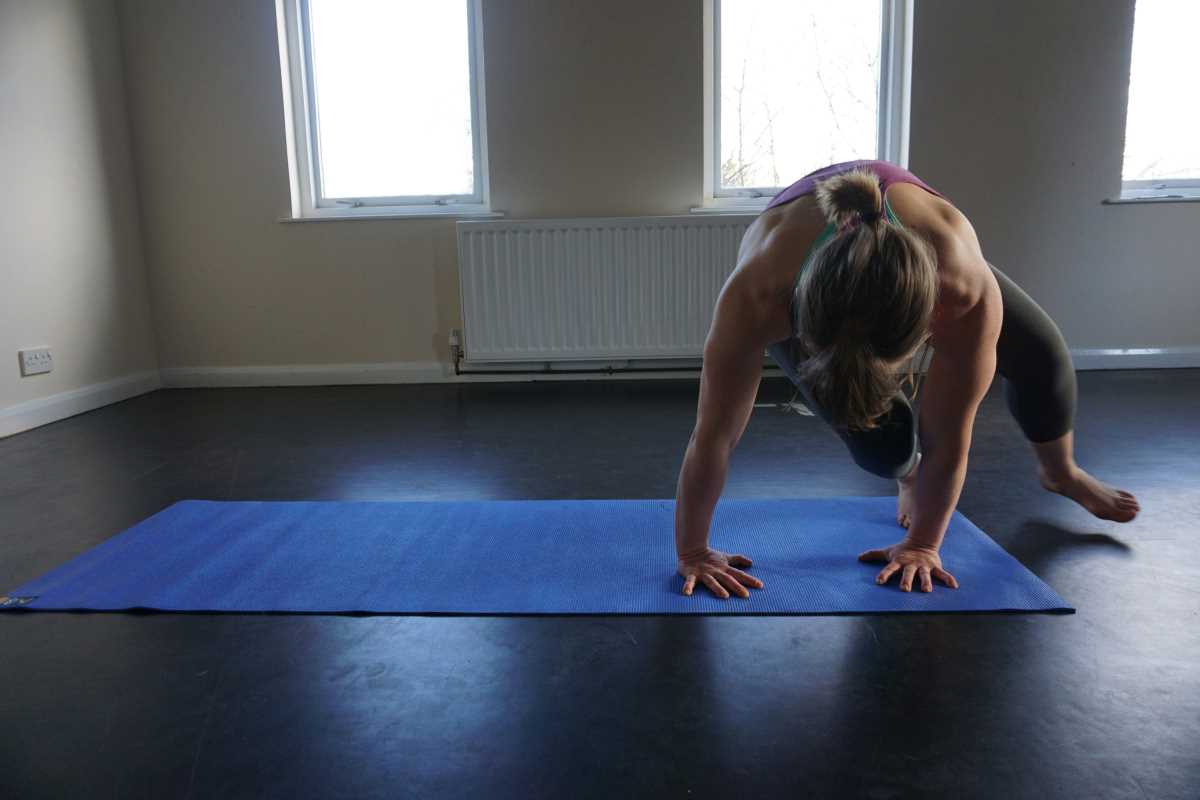Managing persistent pain often turns simple daily tasks into significant challenges, particularly when it comes to maintaining an active lifestyle. Adapting a fitness routine to suit your unique needs and physical limitations plays an important role in reducing discomfort and making exercise more approachable. By learning how to modify movements and choose activities that suit your situation, you can experience greater comfort and gradually build strength. Over time, this approach may lead to noticeable improvements in both your well-being and your ability to participate in activities you enjoy, making each day feel a little easier.
Designing a workout tailored to your unique situation ensures that you avoid aggravating pain while still gaining strength and mobility. Personalized plans respect your body's signals and focus on what works best for you, making exercise more manageable and less frustrating.
Tools and Techniques for Pain Management
- Stretching Routines
- Purpose: Loosen stiff muscles and relieve pressure.
- Steps:
- Perform slow, controlled movements.
- Hold each stretch for 15–30 seconds.
- Breathe deeply throughout.
- Frequency: Daily or as advised by a healthcare provider.
- Cost: Free or minimal if using online guides.
- Insider tip: Add stretches to your morning routine to boost flexibility all day.
- Low-Impact Cardio
- Purpose: Increase circulation without straining joints.
- Activities: Walking, swimming, or cycling.
- Steps:
- Start with 10-minute walks.
- Gradually extend duration.
- Monitor pain levels and adjust.
- Cost: Low, especially outdoors.
- Insider tip: Change routes regularly to keep motivation high.
- Strength Training
- Purpose: Build muscle support around painful areas.
- Equipment: Resistance bands or light weights.
- Steps:
- Begin with 2 sets of 10 reps.
- Increase gradually under guidance.
- Prioritize form for safety.
- Cost: Resistance bands are inexpensive.
- Insider tip: Proper form matters more than weight lifted.
- Mindfulness and Breathing Exercises
- Purpose: Lower stress to reduce pain perception.
- Techniques: Deep breathing, meditation, guided imagery.
- Steps:
- Practice for 5–10 minutes daily.
- Integrate into daily routines for consistency.
- Cost: Free or low-cost apps available.
- Insider tip: Use during flare-ups for quick relief.
- Adaptive Exercises
- Purpose: Modify workouts for comfort and accessibility.
- Examples: Chair yoga, seated stretches, water aerobics.
- Steps:
- Start slowly with adapted versions.
- Use online resources or consult specialists.
- Focus on consistency, not intensity.
- Cost: Often free online.
- Insider tip: Build habits gradually for lasting results.
When choosing specific activities, consider your current health status and consult with healthcare providers to avoid injury. Incorporate these tools gradually to build confidence and resilience in your routine.
Personalizing Your Fitness Routine
- Assess pain triggers and limitations
- Set realistic, achievable goals
- Choose exercises that you enjoy and feel comfortable doing
- Adjust intensity and duration based on your progress
- Track your experiences and adapt as needed
Building Consistency Through Support and Recovery
Creating a personalized fitness plan for chronic pain is not only about choosing the right exercises but also about ensuring your body has time to adapt and recover. Many people with ongoing pain stop exercising because flare-ups make progress feel impossible. That’s why pairing movement with intentional recovery strategies is essential. Gentle recovery methods—such as alternating heat and cold packs, scheduling rest days, or practicing light stretching before bed—allow muscles and joints to repair without triggering additional discomfort. Equally important is the role of support systems. Working with a physical therapist, joining a pain-management exercise group, or even checking in weekly with a trusted friend can provide accountability and encouragement when motivation dips. Consistency is built not from intensity but from sustainable habits that respect your body’s signals. Tracking both positive and negative responses in a simple journal helps you notice patterns over time, giving you the insight to fine-tune your plan and avoid setbacks. By approaching fitness as a cycle of activity, reflection, and recovery, you create a framework that makes long-term progress possible. This balance reduces frustration, prevents burnout, and ensures that every effort you invest contributes meaningfully to improved well-being.
Maintaining a Routine for Lasting Well-Being
Maintaining a routine can be challenging, but setting small milestones, celebrating progress, and seeking support from friends or groups can keep you on track. Remember that patience is crucial; improvements may take time, but persistence pays off.
Personalized fitness plans help manage chronic pain by improving mobility and reducing discomfort. Consistent effort leads to lasting well-being.
 (Image via
(Image via





